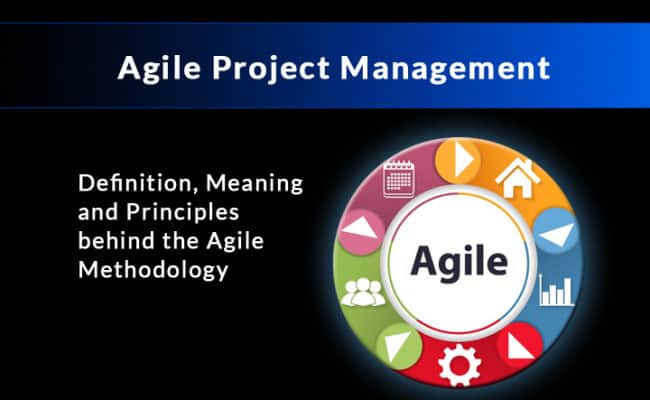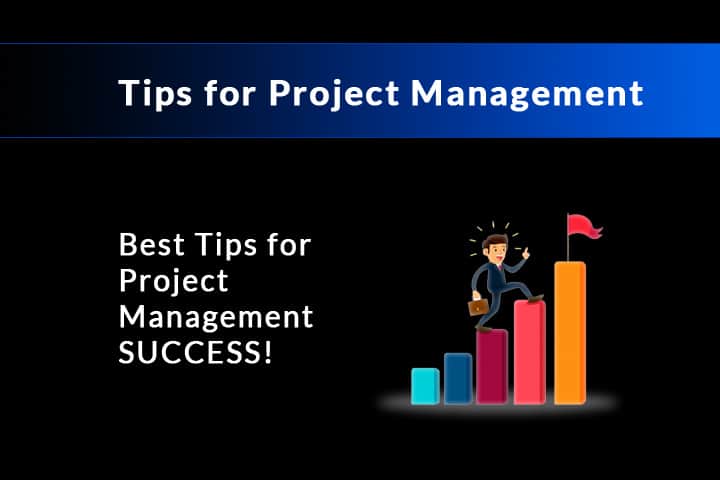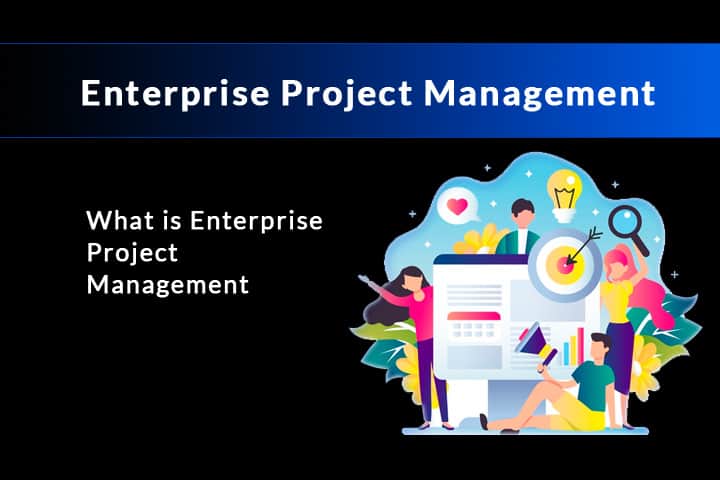15 years ago at a ski resort in Utah, 17 software developers created the Agile Manifesto. Unknowingly at the time, this manifesto became a movement and is now used by everyone from marketing to sales to operations and beyond.
According to Price WaterhouesCoopers Research, Agile projects are 28% more successful than traditional projects. So even though Agile project management is really just a methodology or “suggested way of doing work,” it has been proven to be successful, time and time again.
Furthermore, According to the Project Management Institute, more that 70% of organizations have incorporated some Agile approaches, while more than a quarter of manufacturers firms use Agile exclusively.
I am sure you can start to see why being familiar with Agile project management can give you a fresh way to approach projects and the work you do.
What Exactly is Agile Project Management? A Definition:
Taken directly from the Agile Manifesto itself, Agile Project Management is defined as:
- Individuals and interactions over processes and tools
- Working software over comprehensive documentation
- Customer collaboration over contract negotiation
- Responding to change over following a plan
While everything in bold is what Agile Project Management really focuses on, that doesn’t mean the rest is ignored, it is just secondary.
In a nutshell, Agile project management is a collaborative methodology by which projects can be developed and implemented in small chunks of work, by responding to change, and producing working results.
The Guiding Principles:
Although Agile Project methodologies are diverse and can look differently for each team, these 12 principles should guide your methodology and practice:
- Our highest priority is to satisfy the customer through early and continuous delivery of valuable software (or whatever else you deliver).
- Welcome changing requirements, even late in development. Agile processes harness change for the customer’s competitive advantage.
- Deliver projects frequently, from a couple of weeks to a couple of months, with a preference for the shorter timescale.
- Coordinating team members must work together daily throughout the project.
- Build projects around motivated individuals. Give them the environment and support they need and trust them to get the job done.
- Face-to-face conversation is the most efficient and effective method of conveying information to and within different teams.
- The final product is the primary measure of progress.
- Agile processes promote sustainable development. All stakeholders should be able to maintain a constant pace indefinitely.
- Continuous attention to technical excellence and good design enhances agility.
- Simplicity—the art of maximizing the amount of work not done—is essential.
- The best architectures, requirements, and designs emerge from self-organizing teams.
- At regular intervals, the team reflects on how to become more effective, then tunes and adjusts its behavior accordingly.
Characteristics of Successful Agile Projects:
Just like any other project, a successful Agile Project team needs to have:
- A Vision
- Universally understood project life cycle
- Project requirements are understood
- Team members have a shared and managed schedule
- The team is a dedicated team
- Clear communication with all stakeholders
The following characteristics are what make an Agile team stand out from the rest:
- Agile is iterative meaning that the work is done in iterations or sprints. Just like building blocks coming together, Agile Project Management builds capabilities one piece, or a few pieces at a time. It is the process by which projects can be developed and implemented in small chunks of work. They deliver value to the business in frequent small deliveries of the product.
- Responding to change – Requirement changes are anticipated and accommodated. The team focuses on what the business needs are now and if that changes, new business needs can be accommodated in the next iteration or sprint.
- Face to Face over Documentation – you want to produce a product, not product documentation. Agile teams work in a co-location or use rich virtual tools to simulate being together. Face-to-face communication is the most effective method for exchanging ideas. Maximizing in-person communication on your project will give you agile results.
- Sponsor committed to agile processes – Someone or multiple team members need to be Agile sponsors, meaning that they understand the Agile methodology and how to implement it.
Examples of Agile Methodology:
There are many examples of Agile methodology but the most popular is Scrum.
Scrum is a hands-on system consisting of simple interlocking steps and components:
- A product owner makes a prioritized wish list known as a product backlog.
- The scrum team takes one small piece of the top of the wish list called a sprint backlog and plans to implement it.
- The team completes their sprint backlog task in a sprint (a 2-4 week period). They assess progress in a meeting called a daily scrum.
- The ScrumMaster keeps the team focused on the goal.
- At the sprint’s end, the work is ready to ship or show. The team closes the sprint with a review, then starts a new sprint.
You can see how this methodology ties into the definition and guiding principles of Agile Project Management and displays all of the characteristics of a successful Agile project; iterative sprints, responsive to change, face to face, and daily scrum meetings, SrumMaster is the “sponsor”.
Other examples of Agile project management include: eXtreme Programming (XP), Feature Driven Development (FDD), Dynamic Systems Development (DSDM), Adaptive Software Development (ASD), and there are many more.
Benefits of Agile Methodology:
Agile Project Management is aimed to help teams be faster and more efficient in getting to their vision or end goal. Some benefits of Agile include;
- Faster development cycle – By using Agile project management to organize and set goals and priorities, work gets completed faster and more efficiently. In turn you are able to take on more projects and increase profitability.
- Increased Customer Satisfaction – With faster turnaround times, customers are more satisfied. Agile project management values communication not only with internal teams but stakeholders, so they are included from beginning to end.
- Employee Satisfaction – According to the Agile Guiding Principles, the best architectures, requirements, and designs emerge from self-organizing teams. Self-organizing teams focus on including each team member and the individual value that they bring to the whole. Each person involved plays a critical, measurable role and when complete, brings out greater employee satisfaction.
- Eliminates repeated work or starting over – By working in sprints, teams are able to adjust to change and make tweaks along the way. This helps avoid repeated work or starting over, thus leading back to our first point – a faster, more efficient, and better development cycle = better end result.
If you are a project manager or just someone who wants a more efficient way of “doing work,” having an understanding of the Agile methodology can give you new focus and a new way of getting things done.




